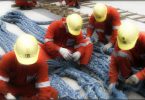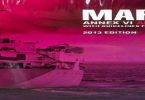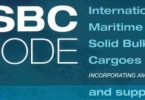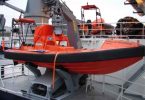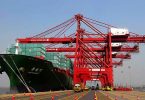Every non-tanker of 400 GRT or above and every tanker of 150 GRT and above must have SOPEP on board in the form of a manual. The plan should consist of the following
- Required by reg. 26 annex 1 of MARPOL 73/78
- Purpose – guide to masters / officers – steps to take in pollution
- Contains all info + special inst. For guidance and persons, telephone numbers. Telex numbers to contact
Purpose of SOPEP
The purpose of the Plan is to provide guidance to the Master and officers on board the ship with respect to the steps to be taken when an oil pollution incident has occurred or is likely to occur. The appendices contain communication data of all contacts referenced in the Plan, as well as other reference material.
The Plan contains all information and operational instructions as required by the “Guidelines for the development of the Shipboard Oil Pollution Emergency Plan” as developed by the Organization (IMO), published under MEPC.54(32) and amended by MEPC.86(44).
Further, the purpose of the Plan is to provide the Master, officers and certain crew members with a practical guide to the prevention of oil spills and in carrying out the responsibilities associated with regulation 37 of annex 1 of MARPOL 73/78.

